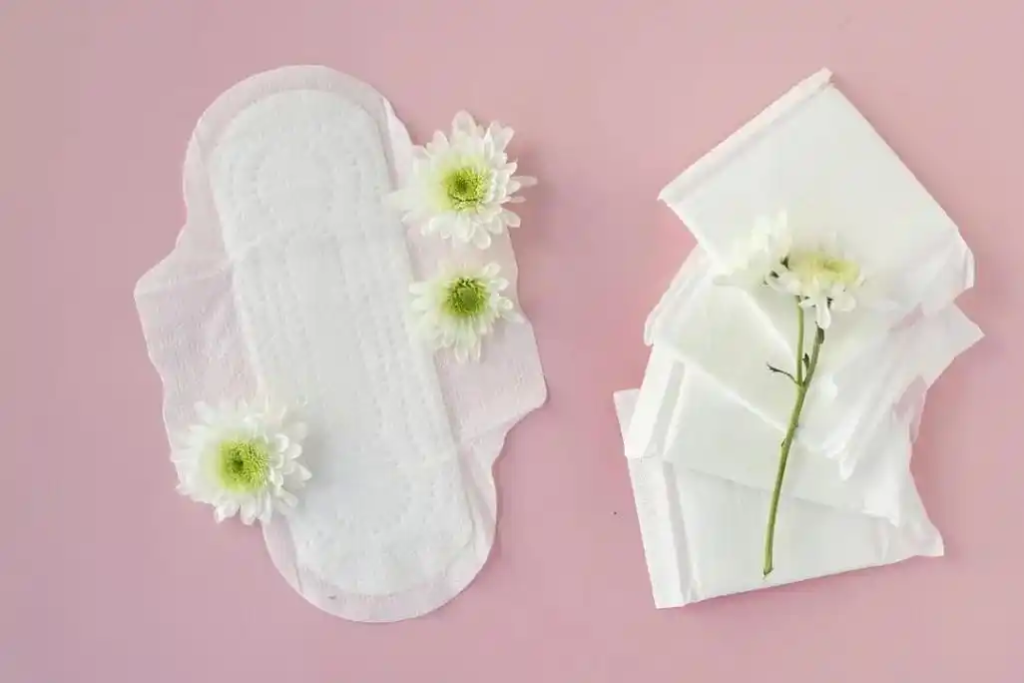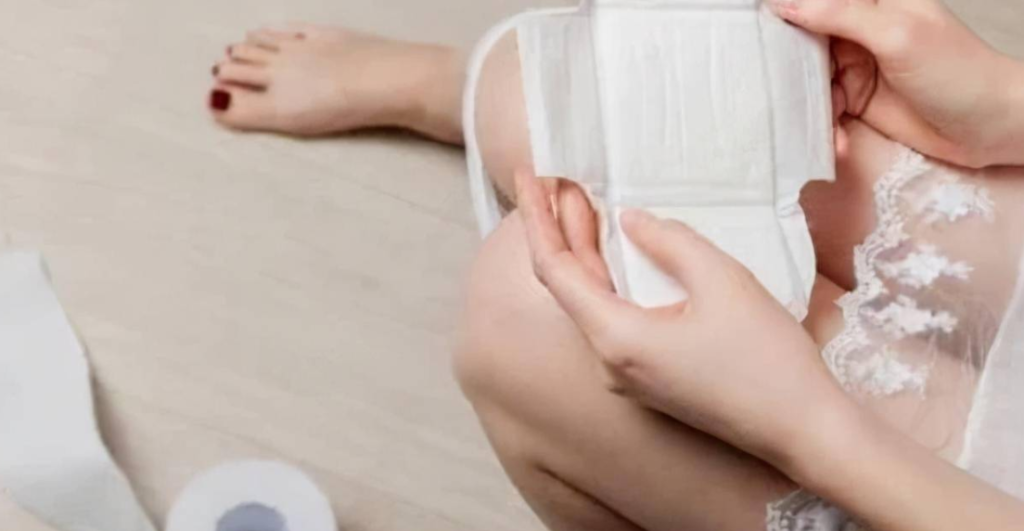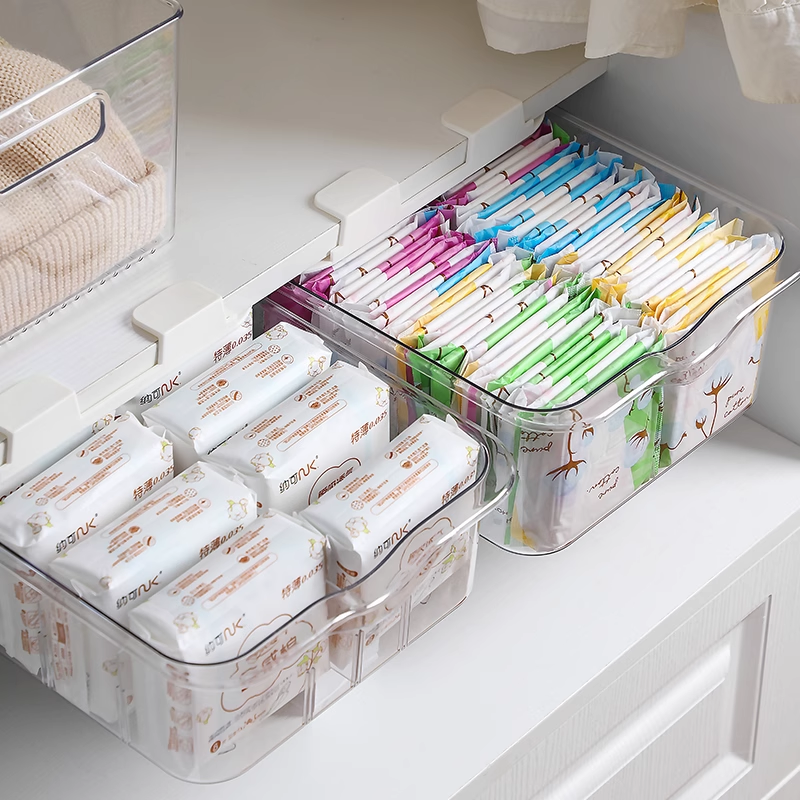Table of Contents
Ever stumbled upon a box of sanitary pads tucked away in a drawer or bathroom cabinet?
You’re not alone. For many women, especially those who care about health and sustainability, this raises an important question:
Are these pads still safe to use—or should I throw them out?
Let’s explore how long sanitary napkins last, what happens when they age, and how to handle them in the most informed (and eco-conscious) way possible.

Do Sanitary Pads Expire?
Most sanitary napkins don’t have a printed expiry date—but they do have a practical shelf life, typically three years from manufacture.
Why? Because the materials used in pads—like absorbent cores, adhesives, and breathable films—can break down over time, especially when exposed to:
Heat
Humidity
Direct sunlight
Strong odors or air contaminants
Biodegradable or plant-based pads tend to have a shorter lifespan (about two years) due to the natural materials used.
What Happens When Pads Get Old?
Pads that have been sitting for too long or stored poorly may not function as intended. Here’s why using expired pads can be risky:
Loss of stickiness — the adhesive may weaken, making pads shift in your underwear.
Decreased absorbency — aged cores can clump, harden, or hold less moisture.
Rougher texture — materials can lose softness and cause irritation or discomfort.
Increased contamination risk — if the packaging has degraded, moisture or bacteria might enter.
During menstruation, the body’s immunity is slightly lower, which makes it more susceptible to external irritants. This makes hygiene even more important.

How to Store Sanitary Pads Properly
If you’re someone who buys in bulk or stores supplies long-term, follow these tips to maximize pad life:
✅ Store in a dry, cool place – closets or drawers away from bathrooms are ideal.
✅ Keep pads in original packaging – it shields against dust and germs.
✅ Avoid sunlight & heat – exposure speeds up material breakdown.
✅ Use older packs first – rotate as you would with food or medicine.
Pro Tip: While it’s okay to keep daily-use pads in the bathroom, don’t leave large unopened packs there for long. Steam and heat can cause mold growth over time.

Can I Use Expired Pads?
If you find old pads and they:
Look normal
Feel soft
Smell fresh
Are in unopened packaging
…then in a pinch, they may be safe for short-term or emergency use.
However, if the pad is discolored, smells odd, or feels stiff, it’s better to throw it out. For those with sensitive skin, allergies, or recent infections, even slightly degraded pads could cause irritation or discomfort.
What to Do With Expired Pads? (Eco-Friendly Ideas)
If you don’t want to throw expired pads away, here are a few sustainable alternatives:
Use them to absorb spills — great for household messes or pet accidents.
Water-retention in plants — the absorbent layer works well to retain moisture in pots.
Donate for non-personal use — local shelters may accept them for cleaning or other applications.
Arts & crafts projects — repurpose packaging or absorbent material creatively.
Never flush sanitary products, expired or not—they can clog pipes and harm the environment.
Final Thoughts
Sanitary pads don’t have a clear-cut expiry date, but their quality and hygiene can degrade over time. If you’re health-conscious or care about sustainability, it’s important to store them properly, check for changes, and avoid unnecessary waste.
When in doubt, choose safety.
And if you’re looking for high-quality pads made with careful microbiological testing and controlled manufacturing, consider brands like KeiAnn—where hygiene, safety, and reliability come first.

